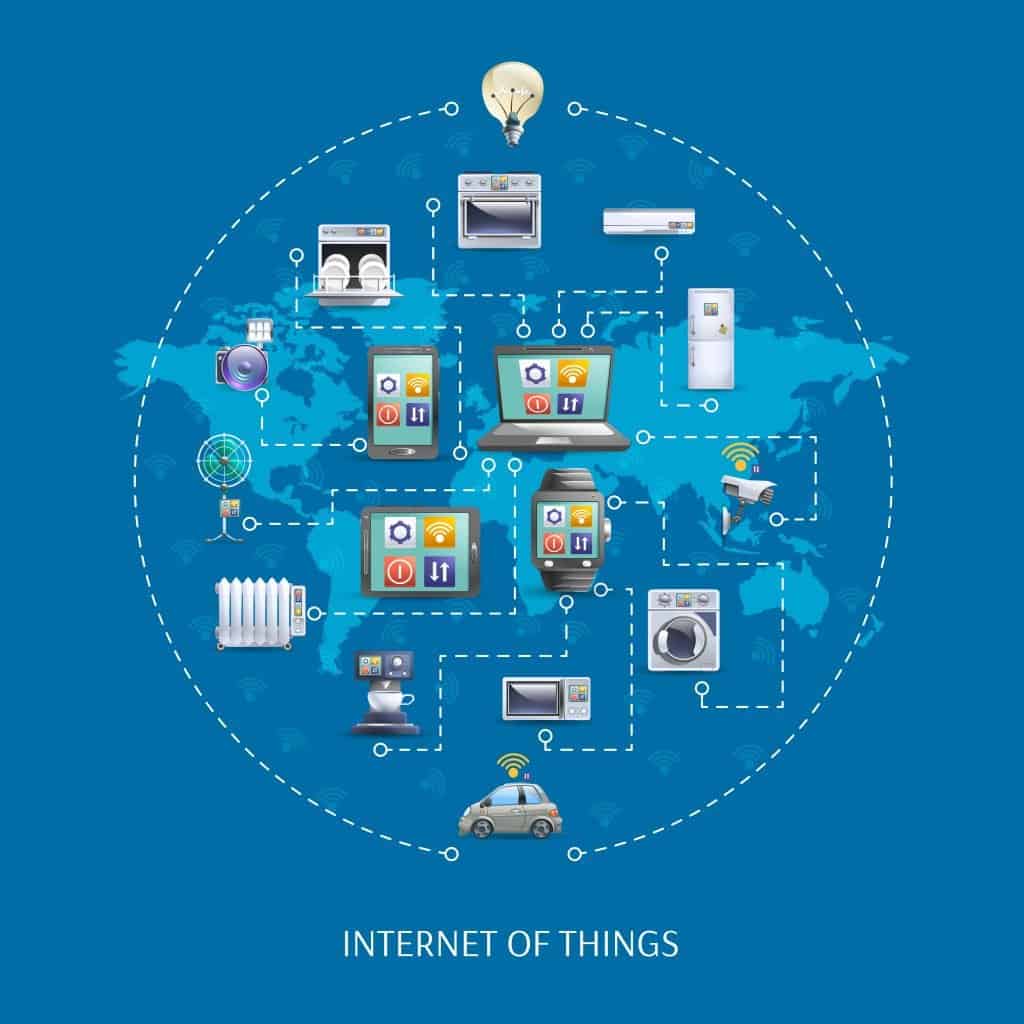Lazarus Alliance Clarifies What SSAE 16 Compliance Means
When contracting with a service provider, such as a data center, it is important for companies to ensure that their provider possesses the cyber security-related certifications and compliance standards that are applicable to the company’s industry. Data centers, as well as service providers who contract with data centers, sometimes claim to be “SSAE 16” certified. In an effort to cut through the noise and clear up some of the confusion regarding SSAE 16 compliance, Lazarus Alliance would like to clarify what SSAE 16 compliance is—and isn’t.
What is SSAE 16?

SSAE 16 is an internationally recognized auditing standard for service organizations. It was developed by the American Institute of Certified Public Accountants (AICPA) and replaces the previous standard, SAS 70. SSAE 16 reporting helps service organizations comply with the requirements of Sarbanes Oxley (section 404) to demonstrate effective internal controls covering financial reporting. SSAE 16 applies to data centers that host systems that are involved in their clients’ financial reporting, as well as web hosting providers, ASPs, and ISPs who perform services that are relevant to their clients’ financial reporting.
There are three types of reports that can be issued: an SOC 1, an SOC 2, or an SOC 3, all of which address different controls. Performing an SSAE 16 audit and issuing an SOC report demonstrates a service provider’s commitment to maintaining a sound control environment that protects their clients’ data and confidential information.
Some service providers who use SSAE 16-compliant data centers imply that they are, somehow, SSAE 16 compliant by proxy. This is not the case; just because you use a provider who is SSAE 16 compliant does not mean that your company is SSAE compliant, and to imply such is black-hat marketing.
There is No Such Thing as SSAE 16 “Certification”
A Google search on “SSAE 16” reveals numerous instances of companies claiming to be “SSAE 16 Certified.” Organizations are compliant with SSAE 16; there is no such thing as becoming “SSAE certified.” SSAE 16 has to do with issuing SOC reports; no “certification” is awarded to anyone. Beware of any service provider that claims to possess an SSAE 16 “certification” or purports to be working towards getting one.
Need SSAE 16 Compliance Auditing Services?
If you have questions about SSAE 16, or if your company needs SSAE 16 auditing services, Lazarus Alliance can help! Depending on your team’s availability, our SSAE 16 audit process initially takes just a few weeks from start to completion. We realize that our clients have full-time, everyday obligations in addition to dealing with auditors, so we will be happy to work around your schedule and provide a quality audit and report in the time frame you desire.
Lazarus Alliance’s primary purpose is to help organizations attain, maintain, and demonstrate compliance and information security excellence in all jurisdictions. Lazarus Alliance specializes in IT security, risk, privacy, governance, cyberspace law, and compliance leadership solutions and is fully dedicated to global success in these disciplines. Learn more about Lazarus Alliance and why Lazarus Alliance is Proactive Cyber Security™!

